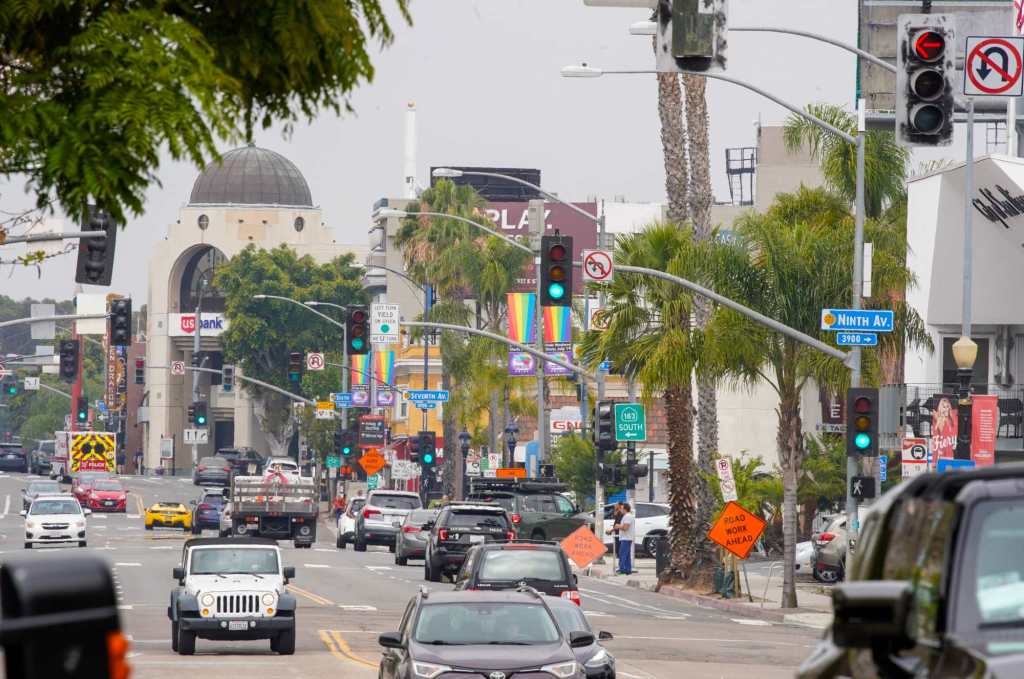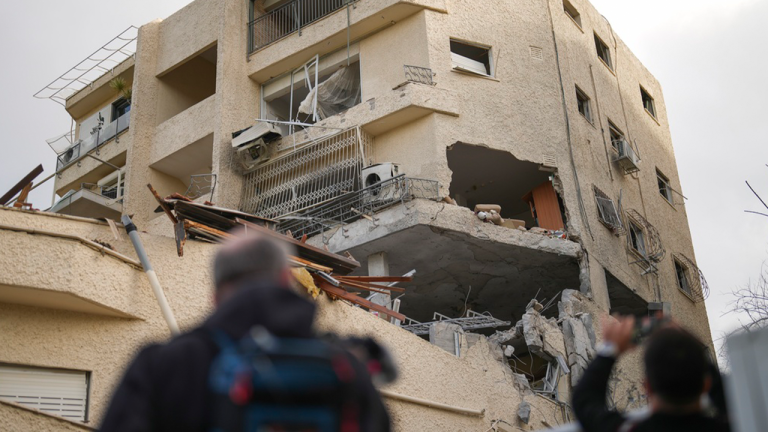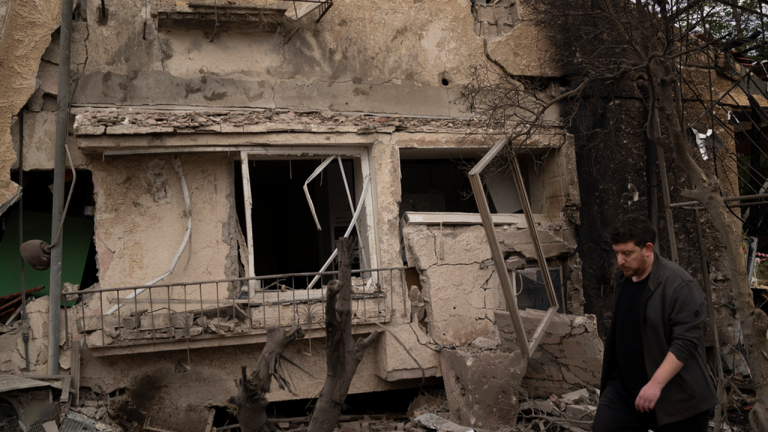

City crews in San Diego are yanking out parking meters and painting curbs red near hundreds of intersections to comply with a new state law that aims to save lives by boosting visibility for pedestrians and drivers.
Drivers will no longer be allowed to park within 20 feet of an intersection all across California starting Jan. 1, but city officials say they don’t plan to start issuing citations in San Diego until March 1.
Between now and then, crews will continue to remove meters near intersections, paint curbs red in those areas, post “no parking” signs and try to educate people about the new law, AB 413.
Nearly 100 parking spaces that previously had meters have already been removed. Another 67 meters have been moved slightly to relocate parking spots just outside the 20-foot zone.
The education campaign is important because tickets can be written under the law even if there is no signage or red paint, and city officials say there’s no chance they can modify all 16,000 San Diego intersections in time.
That means a car parked within 20 feet of an intersection could be ticketed even if there is no signage, the curb is unpainted and there are no other warnings of any kind.
“I’m sure it will come as a shock to a lot of folks who don’t know,” Councilmember Joe LaCava said of the new law and the city’s enforcement plans.
The city’s roughly 60 parking enforcement officers are getting briefed on the new law and how to begin enforcing it, first with warning notices starting Jan. 1 and then with actual tickets after a two-month grace period.
City officials are proposing a fine of $65. That’s more than an ordinary parking ticket for an expired meter, which is $42.50, but less than the $77.50 the city charges for other red curb violations.
While enforcement might be aggressive downtown and in other more urban areas, the Police Department doesn’t have plans for proactive enforcement in the many residential parts of the city where parking enforcement officers don’t typically patrol.
“We wouldn’t leave the downtown area to go to some residential area to start hammering folks for this unless we get some sort of complaint,” Capt. Christopher Knighten said Thursday.
Despite limited enforcement plans, city officials say the new law is an opportunity to reduce collisions and traffic deaths.
“This is an important step toward improving safety on our city streets,” said Bethany Bezak, the city’s director of transportation. “Working together, we can prevent needless crashes and save lives simply by changing how and where we park our vehicle.”
The city adopted a policy nearly a decade ago called Vision Zero, which aims to reduce traffic fatalities to zero. Such deaths have actually risen since then, and now city officials plan to step up the campaign with a variety of new efforts.
Those include enforcing the new state intersection law, reducing speed limits in pedestrian-heavy business districts and installing roundabouts, refuge islands, flashing beacons and other safety upgrades.
The new intersection law, which supporters call a “daylighting” law because it boosts visibility, is also an opportunity for the city to make intersections more appealing for bikers and users of mobility devices like scooters.
The law is freeing up space near intersections for low-profile features like bike parking or bioswales for storm runoff — things that don’t block visibility.
While San Diego has no firm plans to begin installing such features, officials said that’s likely in the future.
“We’re taking a look at that as part of our larger curb space management plan,” said Heather Werner, interim director of the city’s Sustainability and Mobility Department. “That’s definitely something on our radar.”
Anar Salayev, executive director of the advocacy group BikeSD, said Thursday that those amenities should be a priority.
“In the long term, we’d love to see more hardscaping at these intersections — murals, bike racks, parklets, bikeshare stations and bioretention/stormwater planters,” he said.
Daylighting laws are already in place in 43 other U.S. states, and most of them use 20 feet as the required buffer zone where cars can’t park, city officials said.
Critics in other states say daylighting laws sometimes have the unintended consequence of freeing up a new place for truck and other commercial vehicle drivers to park while making deliveries, counteracting visibility improvements.
Some cities have created new spots designated for short-term truck and commercial vehicle parking to avoid this.
Werner said that could happen in San Diego at some point.
“We don’t want to blindside any of our logistics and delivery companies,” she said. “We also want to make sure they understand that even if we haven’t gotten to the paint yet, this isn’t suddenly open space for them.”
City crews have already made daylighting upgrades at a few hundred of the city’s 16,000 intersections, and they are likely to tackle another few hundred before the city starts writing citations on March 1, said Maggie McCormick, the city’s deputy director of transportation.
So far, crews have focused on intersections where there are conflicts with parking meters — primarily the city’s parking districts downtown and in Uptown and mid-city neighborhoods.
Next steps will include requiring contractors doing paving or other neighborhood projects across the city to include daylighting upgrades in their work.
The long-term goal is to make every city intersection compliant, McCormick said.
“It will be a years-long project for the city, and we haven’t quantified what that will cost,” she said.
She stressed that many intersections with bike lanes or bus stops are already compliant and don’t need any upgrades.
At a few hundred other intersections, the buffer zone for parking is 15 feet instead of 20 feet because there are safety bulb-outs that slow traffic by narrowing the intersection.
For details on the new law and city enforcement, visit the city’s daylighting webpage.








